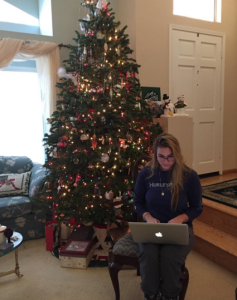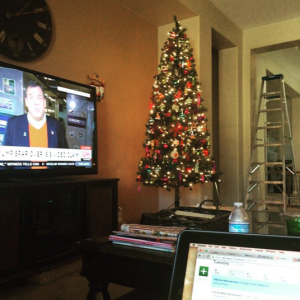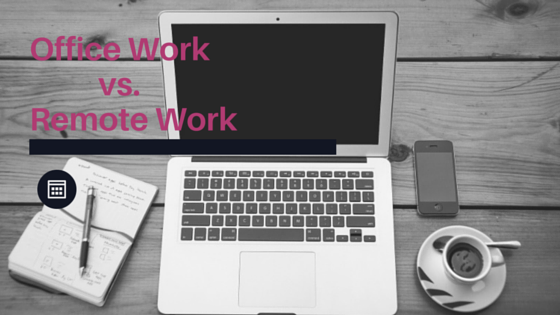When Buffer announced they got rid of their home office in San Francisco to go completely remote, it got us in the office thinking – is this something we could do and still be as successful as we are? As rents soar, we are seeing more and more businesses moving to remote work to save money, as well as increase employee work-life balance.
When Diana started the company in 2007, Ellipses started out completely remote. The team would meet once a week in-person to chat and collaborate, but other than that, everyone worked from home. Things changed when we grew to a team of four in early 2013, and found a great little office space in Oakland. With the team in one space, Diana quickly realized that she and everyone else saved at least an hour every day with in-person conversations vs. those online, via text, or over the phone. Work got done faster, and the company became much more efficient. Not coincidentally, we also grew at our fastest rate ever that year.
With a entirely new team in place in 2015, we set out to try an experiment of our own to see if working remotely would be successful for us. The last two weeks of December 2015, we all spent time out of the office. Cat went back to San Diego for the holidays and worked from there, Amanda spent one week working from Las Vegas before returning to Oakland, Diana went back and forth to Santa Cruz, and Evita stayed in Oakland during the two weeks.

Cat working from home in San Diego during the holidays.
We all saw quite a few positives with working remotely. Evita loved being able to work in an interrupted space and at her own pace. She actually found herself starting work earlier and ending later because she did not need to worry about commuting. Cat discovered she is more efficient and effective with her work if she takes shorter breaks during the day instead of one big lunch break in the middle. She used that time to do little things around the house that needed to be done. Amanda felt like she could accomplish more because she was not limited to the typical nine-to-five. She found herself getting a lot more done later in the evenings because there weren’t any distractions from outside sources.
Along with the positives came some negatives. As a whole, we were all missing direct contact with one another. We chatted through Gmail chat and called and texted when needed, but found it was much easier to just peek in to each other’s offices in person when we needed a quick question answered. Delegating seemed to be a bit more challenging for some, as it was much easier to “just do it ourselves” instead of sending an email, or picking up the phone and delegating to someone else, which made it somewhat difficult to prioritize projects for some. As a whole, communication with everyone was far less than it would have been if we were in the office to see each other.

Amanda’s view from her family’s house in Las Vegas, complete with news on the TV.
Overall, we all learned a lot during our experiment. We found out that face-to-face communication is important and much needed, but it does not need to happen every single day to have a productive week and do what we need to do. As a result, we now work from home Thursdays and Fridays and are in the office Monday through Wednesday. We have done it this way for about two months now and so far, there aren’t any complaints. Ending the week working from home, not dealing with the crazy Bay Area commute, and being able to work on our own time is something we look forward to at the end of each week and makes us even more productive!

